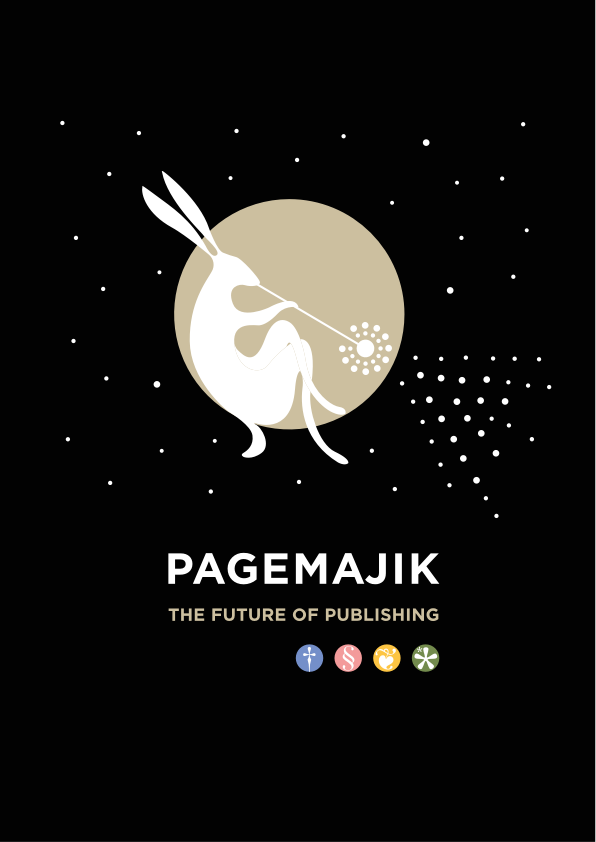CastOff | PageMajik

Cast
off
Get real-time estimates of book page extent for your content.
Castoff provides the precise estimation of the extent of a book based on page size, word/character count, typefaces (and their size) to be used and number/type of illustrations and tables.


How can Castoff help you?
This module captures the actuals as a castoff and allows you to finalize by updating with the final numbers, which then serves as a guideline to the editorial and production teams to take necessary action. The castoff gets updated in real-time, literally every time there is a revision to the manuscript.
Castoff interface design is in the form of sheets that we are familiar with. The first sheet “Summary” provides a consolidated view of each element. As you save and update, you will be able to see the number of versions and edits made.
Castoff automatically brings in the estimates by applying the configured divisors based on the manuscript, and lets you include the expectations which can then be circulated back to the authors for manuscript revisions as necessary.
Getting Started
As the submission happens, the castoff gets generated automatically enabling the editors to review and control the page extent. The castoff shows the actuals and allows you to define the desired. All you need to do is simply click the "Castoff" action for a book and select the trim size for the various elements.
Click here to Expand
Click here to Expand
Click here to Expand
Benefits
PageMajik’s castoff module provides the precise estimate of the page extent of a book based on page size, word/character count, typefaces (and their size) to be used and number/type of illustrations and tables. Accuracy in castoff is important as it affects many variables, especially the cost of the book, planning for paper, etc.
No approximations. Know the actuals and control the cost.
Automatically tags at a granular level and applies required divisors and provides a precise estimate of the page extent.
Stay on track by comparing the plan with actuals.
Plan and compare against actuals during the course of manuscript development. Take appropriate decisions and actions, including rewrite if needed to stay within the budget and schedule.
Features
-
Tagging is granular, and every element is identified - notes, illustrations, boxes, headers, poems, extracts - with an option of an exclusive divisor for each element.
-
Individual divisor for various elements.
-
Divisors can be defined based on trim size. Ability to define a new divisor as required.
-
Read-only actuals are displayed along with planned value for taking any action.
-
Castoff is driven from actuals. An option to add "details" is given to help with the planning and for including information about activities that happen outside the PageMajik ecosystem.
-
Versions are maintained and can be viewed at any time.
-
The castoff information is "downloadable" for sharing with external stakeholders.
Benchmark
Compare the Castoff against the effort spent to create the final version and arrive at organizational benchmarks for different categories of projects.
Castoff was adopted for the Shakespeare First Folio. In Titus Andronicus, at the foot of a page, a single line of verse is printed as two lines, whereas in Much Ado About Nothing, verse is printed as prose, words are omitted, & abbreviations are used to save space.
Did you know?

RoadMap
Apart from the time to time enhancements for better user experience, the following are the features in the roadmap.
To define a workflow for review, revisions and approvals with various stakeholders including authors.
To facilitate discussion with various stakeholders including authors through exclusive channels.


See PageMajik in action
© 2025, PageMajik Inc. All rights reserved.








